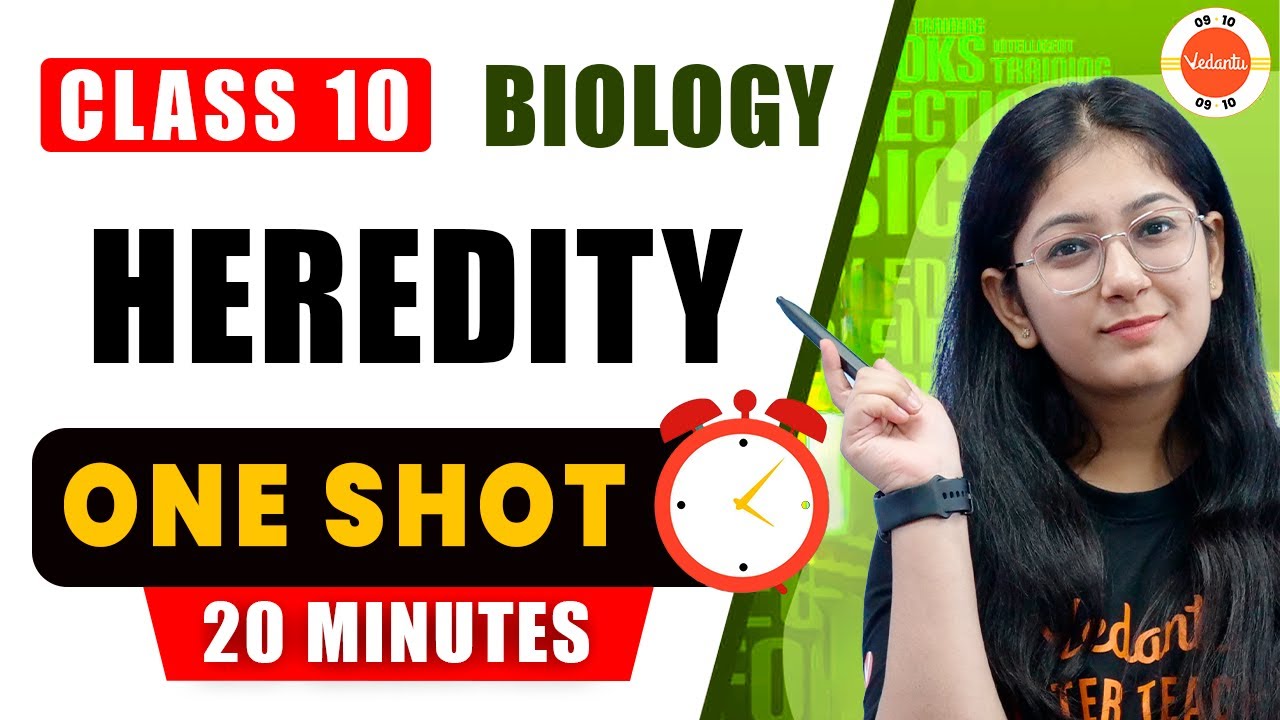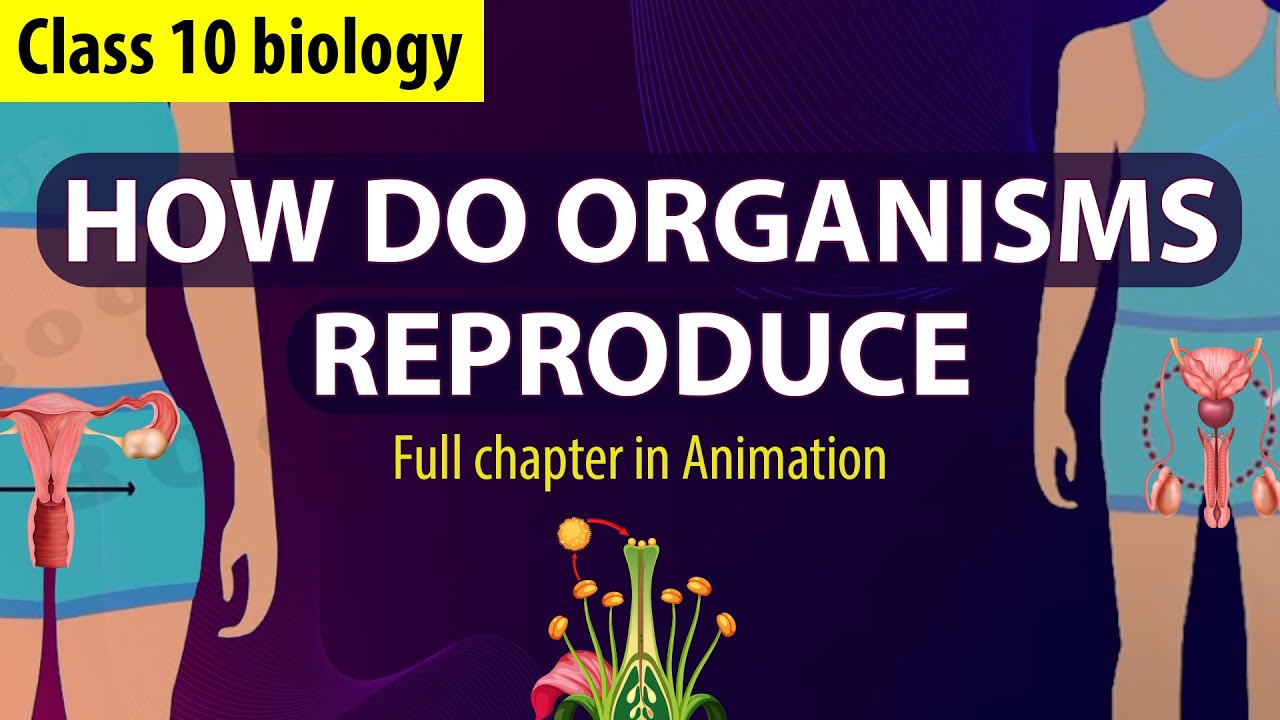Variasi Fenotip Mekanisme Genetik dan Aplikasinya dalam Pemuliaan
Summary
TLDRThis presentation delves into the significance of phenotypic variation in genetics, emphasizing its role in adaptation and evolution. It explores the genetic mechanisms behind inheritance, including Mendelian laws, mutations, and the Hardy-Weinberg principle. The speaker discusses the impact of genetic principles on breeding programs, showcasing how understanding genetic variations can lead to advancements in agriculture and biotechnology. The presentation concludes by highlighting the importance of genetic knowledge in addressing future challenges and fostering innovation.
Takeaways
- 🌿 The importance of phenotypic variation is highlighted, emphasizing its role in creating a diverse and resilient environment against diseases and climate changes.
- 🌼 Phenotypes are described as the physical manifestation of life, influenced by genetic instructions and environmental factors.
- 🧬 Genetics is explained through the metaphor of a 'life guidebook' where genes are the paragraphs that dictate the formation of specific organism parts.
- 🌽 The script discusses genetic inheritance, comparing it to receiving a unique blend of parental characteristics, which can result in a mix of traits or entirely new expressions.
- 🌱 The process of cell division, including mitosis and meiosis, is outlined as fundamental to reproduction and growth, with mitosis producing identical cells and meiosis halving chromosome numbers for sexual reproduction.
- 📚 Mendel's laws of inheritance are introduced, explaining how traits are passed from one generation to the next, with examples of how specific genetic combinations can result in different phenotypic ratios.
- 🧬 The concepts of genes and alleles are defined, with an emphasis on how they underpin sexual and asexual reproduction.
- 🌱 The script touches on genetic mutations, explaining them as changes in the DNA sequence that can affect gene function and potentially introduce new genetic variations.
- 🌟 Hardy-Weinberg principles are mentioned, illustrating how allele and genotype frequencies can remain constant across generations in large, non-selective populations.
- 🌱 The application of genetics in plant breeding is discussed, showcasing how understanding genetic mechanisms can lead to the development of superior plant varieties with desirable traits like drought resistance or higher yield.
Q & A
What is the significance of phenotypic variation in the context of the environment?
-Phenotypic variation is crucial as it helps in maintaining biodiversity, which in turn makes ecosystems less monotonous and more resilient to diseases and environmental changes such as climate shifts.
How are genes described in relation to the 'book of life'?
-Genes are likened to paragraphs in the 'book of life,' where each paragraph contains instructions for forming specific parts of an organism, and the slight differences in these 'paragraphs' create variation among individuals.
What is the role of genetic inheritance in producing unique phenotypic traits?
-Genetic inheritance plays a role in receiving a unique blend of characteristics from parents, which can result in a mix or even entirely new expressions of traits, making each individual very unique.
How does genetic modification in corn lead to an increase in crop yield?
-Genetic modification in corn can lead to the production of high-quality corn with larger and more abundant cobs, which enhances harvest and production by improving the plant's vegetative characteristics.
What are the two main types of cell division discussed in the script?
-The two main types of cell division discussed are mitosis, which results in two genetically identical daughter cells for growth, tissue repair, and asexual reproduction, and meiosis, which occurs in reproductive cells or gametes and results in four daughter cells with half the number of chromosomes of the parent cell.
What is the significance of Mendel's laws in understanding the inheritance of traits?
-Mendel's laws are fundamental in understanding how traits are inherited from one generation to another, providing the basis for the principles of genetic inheritance.
How does epistasis affect the expression of traits in inheritance?
-Epistasis is an interaction between genes where one gene can influence the expression of another gene, resulting in a new phenotype that differs from the traits of the parents.
What is the definition of mutation as discussed in the script?
-Mutation is defined as a change in the DNA sequence that can affect a gene, which can be either genetic or chromosomal, and can lead to alterations in the proteins encoded by the gene.
What are the factors that influence allele frequency in a population according to the Hardy-Weinberg principle?
-According to the Hardy-Weinberg principle, allele and genotype frequencies in a large population that is not affected by selection, mutation, or gene flow will remain constant from generation to generation.
How does understanding quantitative genetics contribute to the study of traits influenced by multiple genes?
-Quantitative genetics studies traits controlled by many genes or polygenes and influenced by the environment, such as height and skin color, providing insights into how these complex traits are inherited.
What is the application of DNA technology in forensics as mentioned in the script?
-DNA technology in forensics is used for identifying individuals through the analysis of genetic material, which is crucial in solving crimes and establishing paternity.
How does genetic improvement in plants contribute to a better future?
-Genetic improvement in plants can lead to the creation of new varieties that are resistant to drought, diseases, or have higher crop yields, thus contributing to a more sustainable and productive agricultural future.
Outlines

This section is available to paid users only. Please upgrade to access this part.
Upgrade NowMindmap

This section is available to paid users only. Please upgrade to access this part.
Upgrade NowKeywords

This section is available to paid users only. Please upgrade to access this part.
Upgrade NowHighlights

This section is available to paid users only. Please upgrade to access this part.
Upgrade NowTranscripts

This section is available to paid users only. Please upgrade to access this part.
Upgrade NowBrowse More Related Video

All of AQA BIOLOGY Paper 2 in 25 minutes - GCSE Science Revision

Population Genetics | The Evolution of Populations | Unit 4. Evolutionary Processes

Heredity Class 10 One Shot | NCERT 10th Science (Biology) Chapter 9 Heredity And Evolution #Cbse2024

How Do Organisms Reproduce Complete Chapter🔥 in Animation |Class 10th Science CH-6| NCERT covered|

Genetics And Biochemistry: The Molecular Basis Of Life

Why Genetics? - Lesson 1 | Don't Memorise
5.0 / 5 (0 votes)